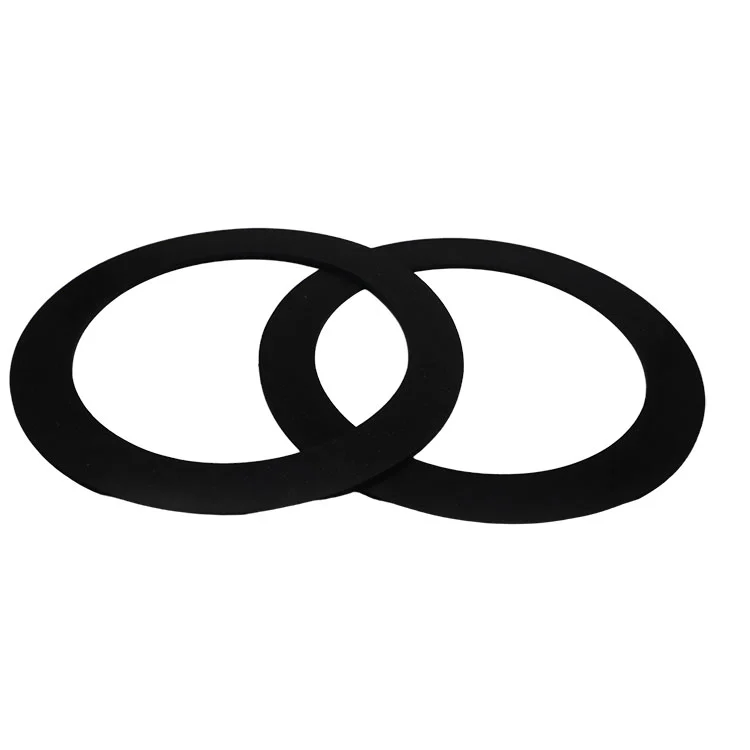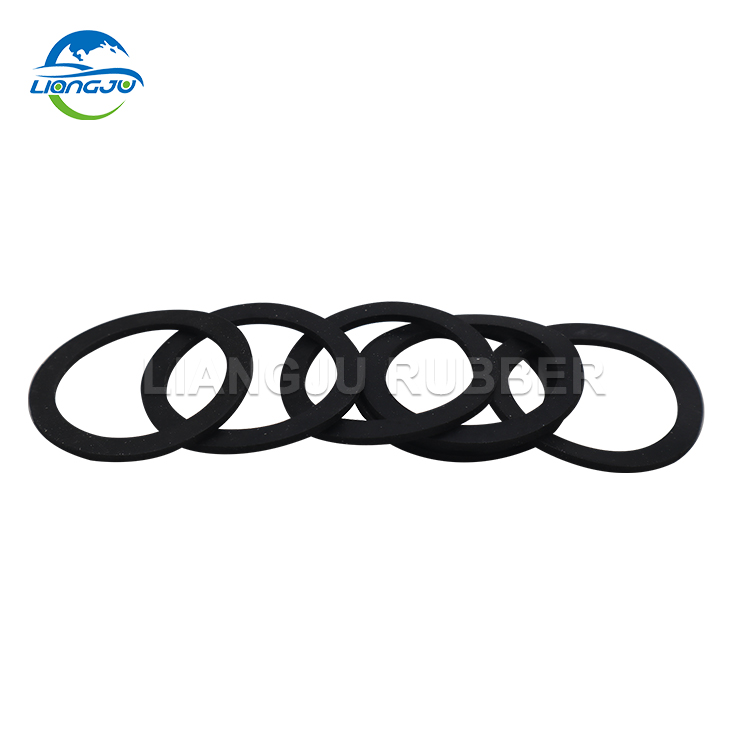 English
English Español
Español  русский
русский  日本語
日本語  Português
Português  Français
Français  Deutsch
Deutsch  tiếng Việt
tiếng Việt  Italiano
Italiano  Nederlands
Nederlands  ภาษาไทย
ภาษาไทย  Polski
Polski  한국어
한국어  Svenska
Svenska  magyar
magyar  Malay
Malay  বাংলা ভাষার
বাংলা ভাষার  Dansk
Dansk  Suomi
Suomi  हिन्दी
हिन्दी  Pilipino
Pilipino  Türkçe
Türkçe  Gaeilge
Gaeilge  العربية
العربية  Indonesia
Indonesia  Norsk
Norsk  تمل
تمل  český
český  ελληνικά
ελληνικά  український
український  Javanese
Javanese  فارسی
فارسی  தமிழ்
தமிழ்  తెలుగు
తెలుగు  नेपाली
नेपाली  Burmese
Burmese  български
български  ລາວ
ລາວ  Latine
Latine  Қазақша
Қазақша  Euskal
Euskal  Azərbaycan
Azərbaycan  Slovenský jazyk
Slovenský jazyk  Македонски
Македонски  Lietuvos
Lietuvos  Eesti Keel
Eesti Keel  Română
Română  Slovenski
Slovenski  मराठी
मराठी  Srpski језик
Srpski језик
When replacing the rubber gasket on an old pipe, how can you ensure the new one's dimensions and specifications are fully compatible with the original flange?
2025-10-17
Rubber gasket on pipes is designed to provide a tight seal, preventing leakage of water, oil, and other substances. However, over time, rubber gasket will inevitably develop problems, such as becoming hardened, deformed, or even cracking. This weakens the seal and makes it more susceptible to leakage. Excessive leakage is not only wasteful but can also compromise the safety of the entire piping system, so replacement is crucial.

Measuring Key Dimensions
To determine if a new rubber gasket will fit properly, the first step is to clearly measure the key dimensions of the original flange. Common tools include calipers and tape measures. For extreme precision, vernier calipers or micrometers are more reliable. First, measure the flange's inner diameter, then the outer diameter, and finally the width of the sealing surface.
Original Equipment Documentation
In addition to measuring the flange directly, you can also consult the documentation of the old rubber gasket or equipment to find dimensional information. Some rubber gaskets have markings, perhaps a series of numbers, letters, or special symbols. These indicate the size and model of the gasket. Look carefully and you might find useful information. If there are no markings, consult the equipment manual. This manual will typically detail the specifications of each component, including the dimensions of the rubber gasket. Using this information to select a new gasket is a surefire way to ensure success. Equipment drawings are also very helpful, especially piping system designs, which often include specific dimensions and shapes. These are invaluable references, eliminating the need for laborious measurements.

Compare to Industry Standards and Specifications
Many industries have specialized flange and rubber gasket dimension standards, such as the national standard GB series and the JB series for the machinery industry. These standards clearly define the dimensions of flanges and rubber gaskets for different types and pressure ratings, ensuring you're on the right track. For example, if the standard specifies the required sealing surface width for a flange of a certain pressure rating, then the new rubber gasket should be checked to ensure that the sealing surface width matches. Other dimensions should be checked in the same manner to ensure that the rubber gasket meets the standard requirements.
Post-Installation Testing
Before installing the rubber gasket, carefully inspect its exterior for cracks or deformation. If any problems are found, it should be replaced immediately. Apply a thin, even layer of sealant to the sealing surface of the rubber gasket to ensure a better seal. After installation, a pressure test is essential to check for leaks. First, slowly increase the pressure of the piping system to normal operating pressure and maintain it for a period of time. Carefully inspect the flange joints for any signs of leaks. If a leak is detected, recheck the gasket for proper installation. Once the problem is identified and resolved, retest the system until it is completely leak-proof.
-
E-mail
-
Call Us
-
Address
No.17, Huli Park, Tongan Industrial Concentration Area, Xiamen 361100 China
For inquiries about stabilizer bushing, dust cover, horse rubber parts or price list, please leave your email to us and we will be in touch within 24 hours.




